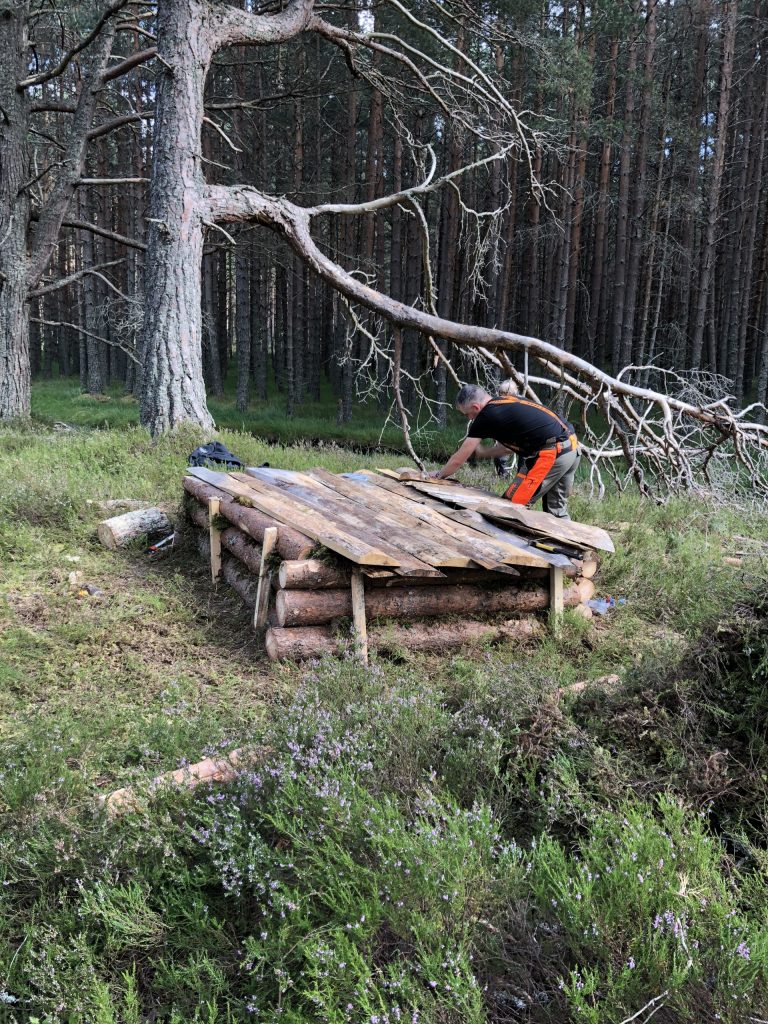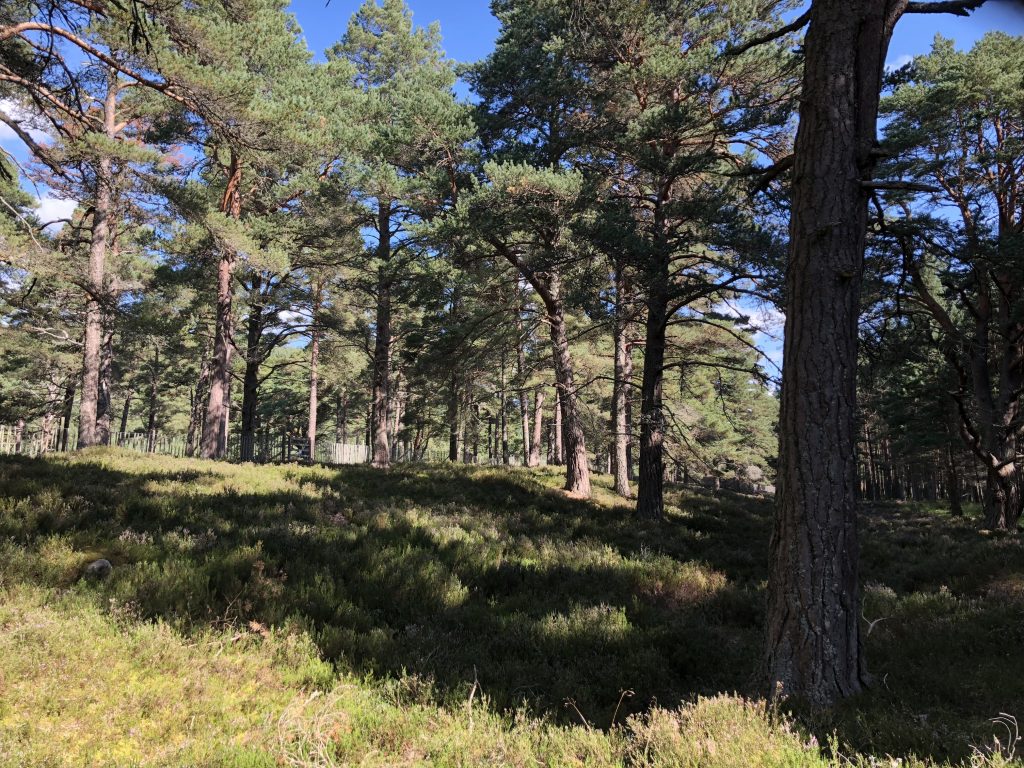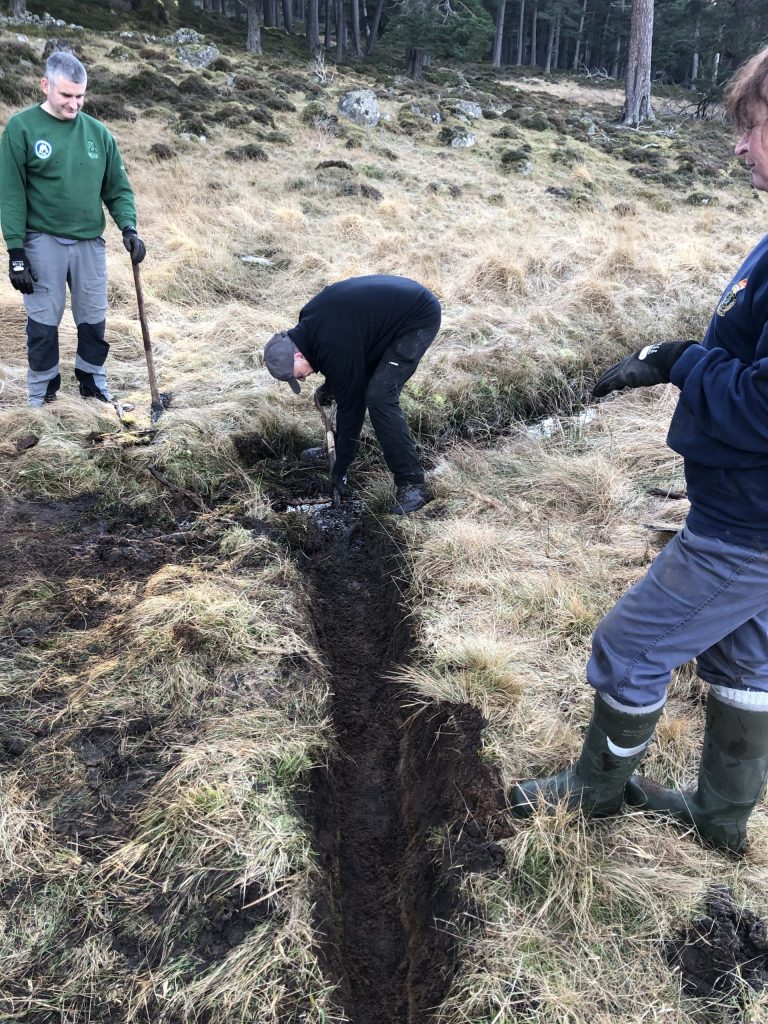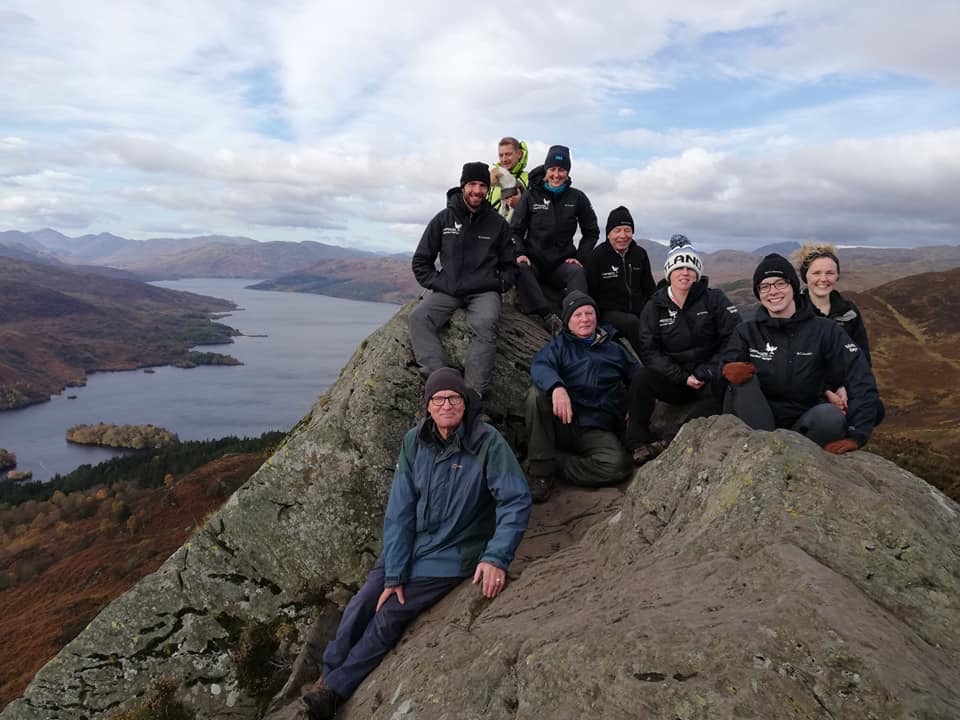So many people really do care
18th September 2020
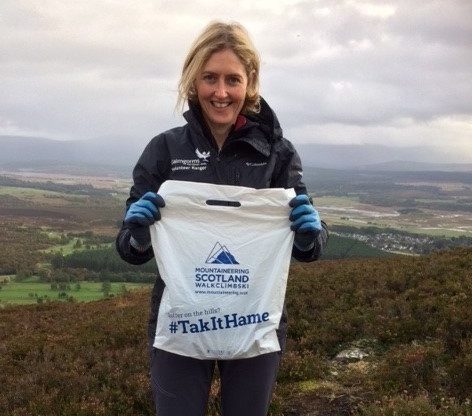
Keira Macfarland joined the Cairngorms National Park Volunteer Ranger programme in 2018, part of the Volunteer Cairngorms programme set up to support and develop environmental volunteering in the Cairngorms National Park. Volunteer Rangers help care for the largest National Park in the UK, and inspire others with their love of this special place. Keira reflects on her experiences of the last few years, the lessons she’s learned and how volunteering can make a difference.
Stand out lessons from volunteering to help conserve our native species
I’ve had some time to think recently. I’ve been reflecting on how much I’ve learnt from the brilliant times I’ve had with the Cairngorms National Park Volunteer Ranger programme. I started out as a bit of an imposter in the world of conservation. My professional life is not connected at all and I have no formal training or previous experience of habitat management. That may show as you read on. All I brought with me was a passion for the Cairngorms, a desire to share this with others and to give something back. I’ve been lucky enough to spend two years out and about in the National Park with all sorts of experts. Here are some of my stand out lessons.
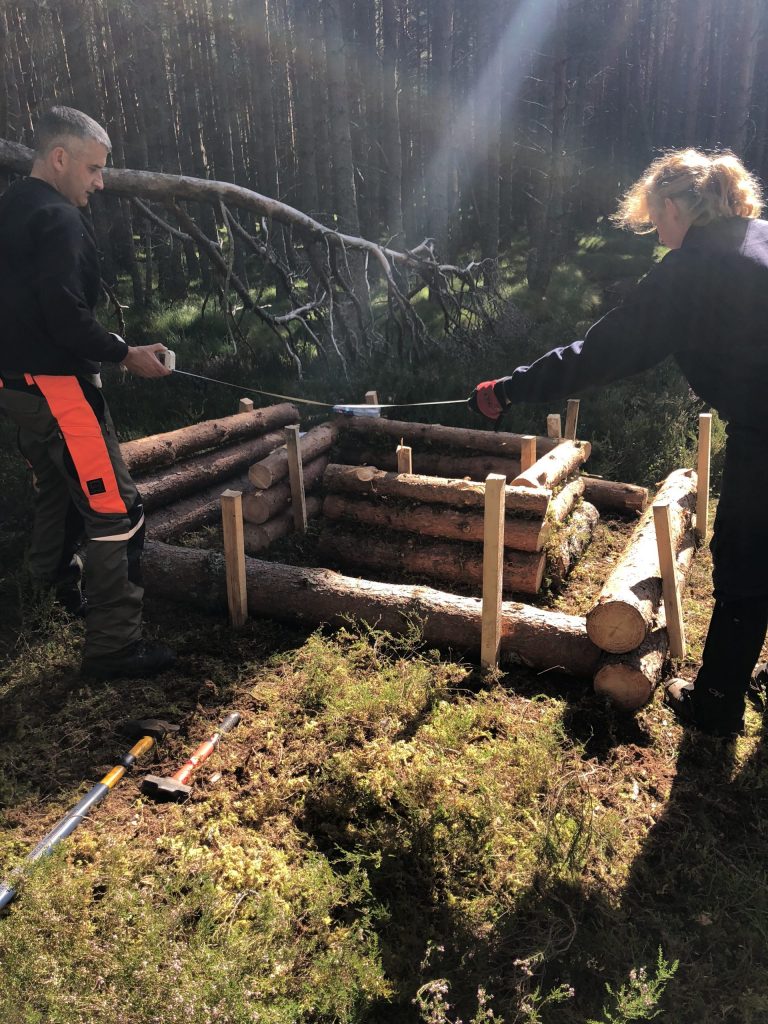
There is no instruction manual
I found this out quite literally on one of my first and most exciting days of practical volunteering. I arrived to meet the Balmoral ranger team and a fellow volunteer. We set out on a warm August day into the beautiful ancient Caledonian pine forest to build an otter holt. The first task was to unload the tools and kit we needed for the day from the Land Rover. As we did this, I started to wonder where the instruction manual was? Where was Ikea-style stick man booklet that would tell us how do this? Luckily, I didn’t ask this question out loud! Many of the conservation tasks we undertake require innovation, trial and error and of course applied knowledge. That day, Glyn the Head Ranger, brought along a hand sketch of the internal layout of a natural otter holt. From that we invented our version an attractive otter home.
Don’t just do one thing
Something that really stands out is the work we do for capercaillie. There is not “one thing” we do to help the caper. It’s a multi-pronged attack, if you can forgive the phrase. I’ve spent days marking deer fences so capercaillie can see the fences and don’t accidentally fly into them. I’ve spent days clearing non-native species in the pine woods to create small clearings they might like to hang out in. We’ve created wet spaces so cotton grass can grow giving pregnant mums something nutritious to feed on. Paths are strimmed through the thickest heather so young vulnerable chicks don’t have to get cold and wet when it rains in spring. I could on, but you get the idea.
You need to think ahead
Another light bulb moment came for me at the top of Creag Bheag just outside Kingussie. I was up there with a team from the National Park Authority on a litter pick for the “Real Three Peaks Challenge”. We stopped for a well deserved break with our flasks of tea and a packet of biscuits (biscuits are very important to Volunteer Rangers!). We were chatting about the Cairngorms Connect project when one member of the team casually swept his arm across the landscape in front of us and said something like “what’s amazing about this project, is that in 50 years time this will all be native forest again”. My cogs started to turn as I added 50 to my current age. Reality smacked me hard. My poor, over-used, hillwalkers knees were very unlikely to be able to carry me up to this elevation at that age to see that sight. I’m not sure if I’ve ever really done anything else in life where you think and I mean really think that far ahead.
You can actually undo some of the damage we’ve done
Another great day was spent in early November splashing about in the icy cold water of a ditch in Deeside. We were there to create a new wetland, improving the habitat for wading birds and also capercaillie. As we inspected the ditch it became apparent this was a man-made structure. It had been dug many generations ago to drain a small patch of land for agricultural purposes. The land, no longer viable for farming had been abandoned for some time but still had a perfectly functioning drainage system drying out what was originally a natural wetland. We spent a full day blocking the ditch and carving small lets to flood the disused field. I couldn’t help but wonder what our ancestors would think if they could see us merrily destroying their fine creation.
So many people really do care
Probably my favourite thing about this project is all the fantastic like-minded and amazing people I’ve met along the way. So many people really do care about these projects and many have dedicated their entire lives to conservation. The truth is, it doesn’t seem to matter whether you are an expert with life long dedication or a keen newbie like me, everyone is welcome in the world of conservation. With all this people power I know we are and will continue to make a difference.
As I look back over these lessons I become even more reflective. I’m just wondering if Captain Tom can do 100 laps of his garden maybe I will make it up Creag Bheag to see that forest in 2070. I also can’t help but wonder if some or all these lessons could be applied to how we tackle the global climate emergency that sometimes seems so insurmountable.
The Cairngorms National Park Authority recruits Volunteer Rangers at specific points in the year, and our most recent recruitment took place during February 2019. If you’d like to be kept up-to-date about when we are next recruiting, or you would like to find out more about environmental volunteering in the Park please sign up to our mailing list here.
